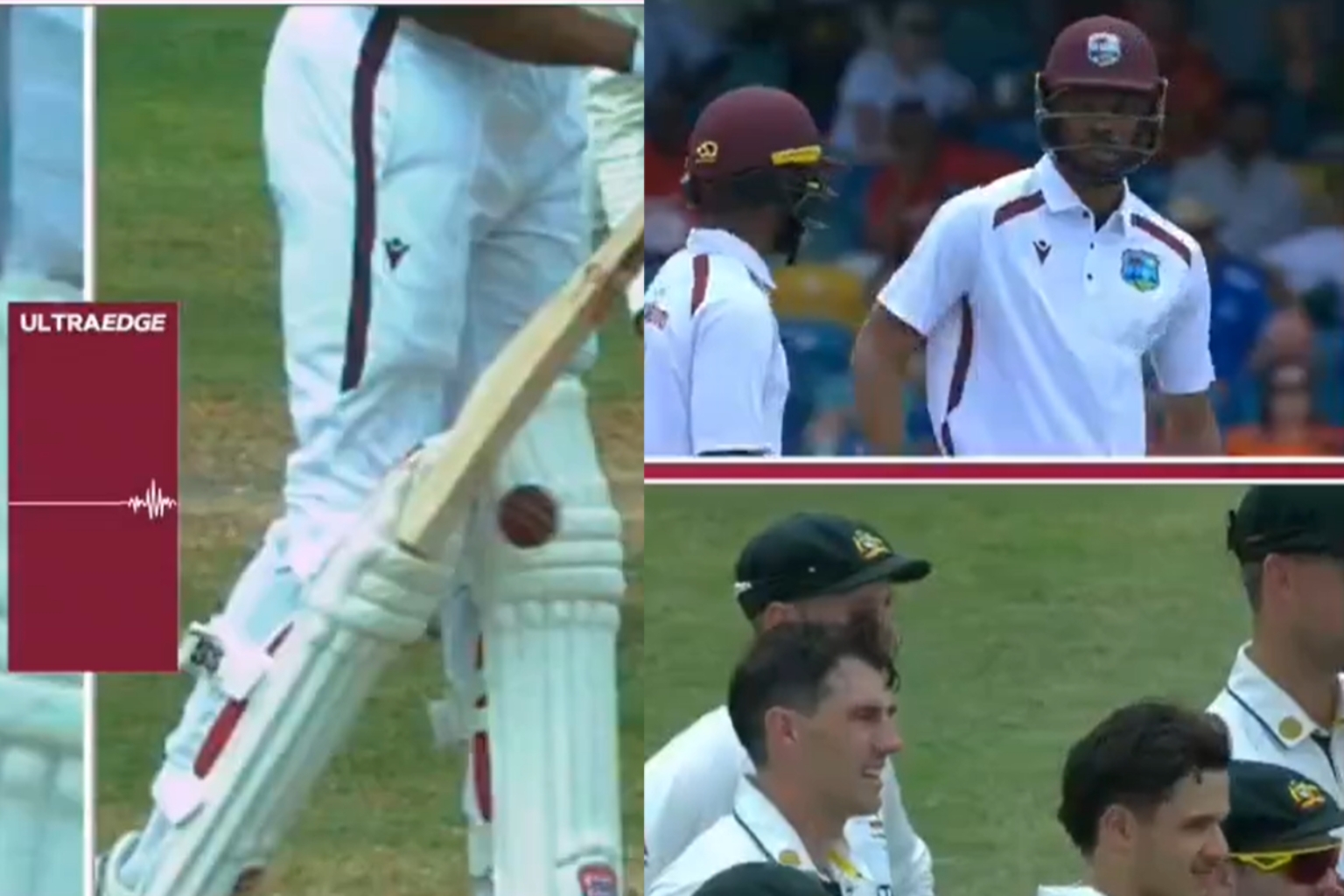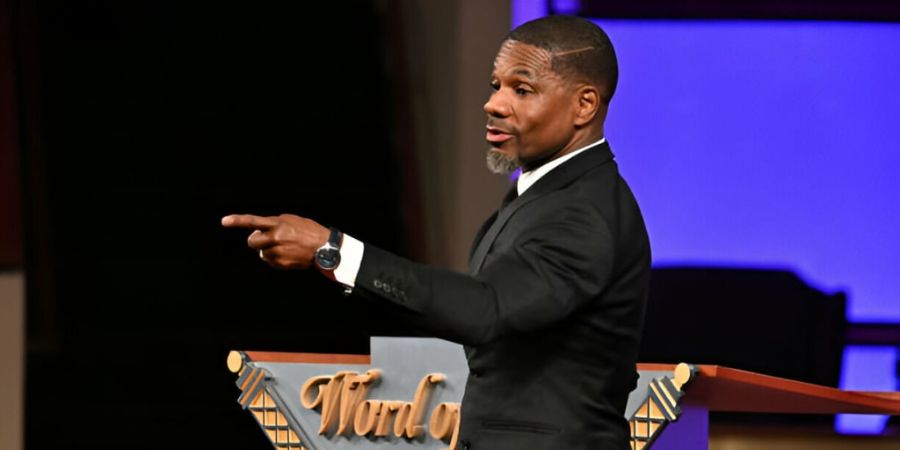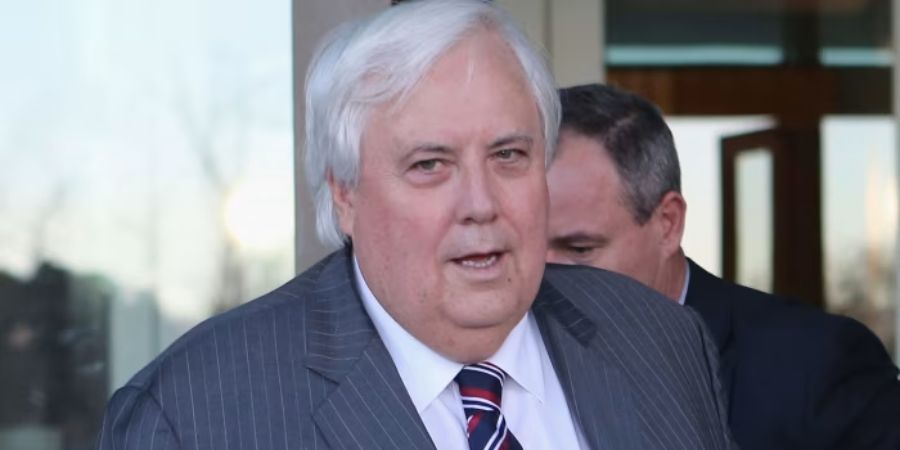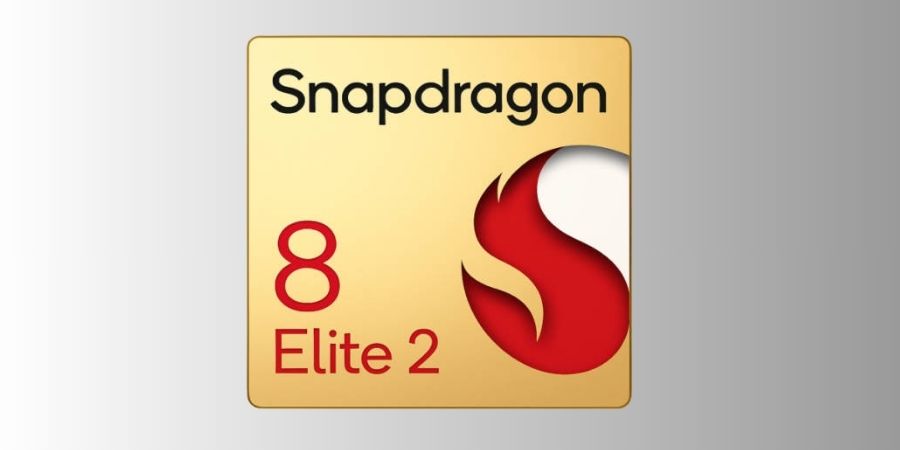Cricket in the Caribbean is always a blend of flair, pride, and raw emotion. But when West Indies faced Australia at the iconic Kensington Oval in Barbados, the match stirred more controversy than celebration. The headlines weren’t just about brilliant deliveries or stylish boundaries—they were dominated by one word: DRS.
Across five contentious umpiring decisions, emotions ran high, players were left shaking their heads, and fans erupted across stadiums and social media. Here’s a look at the five moments that left the cricketing world stunned.
1. Travis Head’s Lucky Escape (Day One)
The controversy began early. Travis Head tried to drive a rising ball from Shamar Joseph. It looked like he got a faint inside edge before it was cleanly taken by Shai Hope behind the stumps.
- Replays clearly showed a sound and deviation.
- UltraEdge picked up a spike.
- But the third umpire, Adrian Holdstock, declared “no clear evidence.”
Fans and commentators couldn’t believe it. Carlos Brathwaite called it “flabbergasting,” and Ian Bishop deemed it “unfortunate.” The West Indies dressing room was visibly frustrated. That moment could have triggered an early collapse for Australia—but instead, momentum swung their way.
2. Roston Chase Denied Inside Edge (Day Two, Over One)
Just as the new day began, Roston Chase appeared to edge a delivery onto his pad. Pat Cummins reviewed the not-out call.
- UltraEdge showed a clear spike as the ball passed the bat.
- The appeal was loud, and the Aussie players were already celebrating.
- Yet, once again, Holdstock upheld the on-field decision of not out.
“I thought he hit that,” said Ian Bishop, echoing the feelings of many. West Indies supporters were left wondering—was the technology reliable or simply misread?
3. Shai Hope’s Spectacular Catch… Ruled Not Out
Later that day, a sharp catch attempt by Shai Hope added to the drama. Hope dived full stretch to grab an edge. It looked clean, and celebrations began.
- The on-field umpires sent it upstairs.
- The replay showed the ball just touching the turf before being fully caught.
- Third umpire ruled not out.
Brathwaite, again on commentary, voiced the growing frustration: “You can’t tell me that first one was not out and this one is.” For a team trying to claw their way back into the match, these decisions hurt.
4. Cameron Green’s Close Shave
Pressure was mounting. Green was struck on the pad, and Roston Chase reviewed the not-out call. Replays were again in the grey area.
- It looked like there was a slight inside edge onto the pad.
- UltraEdge wasn’t definitive enough for the third umpire to overturn the call.
Commentator Brathwaite summed it up:
“If the bat brushes the pad before the ball, and there’s a spike, how can you say it’s not out?”
For West Indies, it wasn’t just about a missed wicket—it was about the growing feeling of injustice.
5. Chase’s Second Heartbreak
Lightning struck twice for Roston Chase. This time, he was given out LBW by Cummins. He reviewed, believing there was a spike before pad impact.
- The UltraEdge again showed something—but was it enough?
- The third umpire didn’t think so and upheld the out call.
Ian Bishop, speaking with disappointment, said: “That clearly should not have been out.” It felt like déjà vu—and not the good kind.
Why These Calls Matter
This wasn’t just about individual decisions—it was about a pattern, a perception of imbalance. Here’s why this DRS drama grabbed headlines:
- Consistency: Coach Daren Sammy raised the issue of inconsistent DRS calls with match referee Javagal Srinath.
- Momentum Shift: These tight decisions helped Australia build innings when wickets should have fallen.
- Fan Reaction: Social media was flooded. Some called Holdstock the “worst umpire of the generation.”
- Historical Tensions: Barbados remembers the infamous 1999 bottle-throwing ODI. Old wounds reopened as decisions piled up.
Australia’s Take on the Drama
While West Indies fumed, the Australian camp took a more diplomatic stance. Mitchell Starc said:
“We’ve got the technology for a reason—questions should be asked of that, not the players.”
Former cricketer Greg Blewett added:
“It was a tough day for the third umpire. A lot of these weren’t clear calls.”
Moving Forward From Barbados
As the dust settles in Bridgetown, the focus now turns to what’s next. Can trust in DRS be restored? Is better training needed for umpires under pressure? Will the ICC step in?
- The Barbados Test became a case study in the limitations of technology when interpretation goes awry.
- It also highlighted the emotional toll such calls take—not just on players, but on the fans whose hearts ride on every ball.
Final Thoughts
The West Indies vs Australia Test wasn’t just about bat vs ball—it was about belief vs doubt. When players question technology and fans question fairness, cricket’s core is shaken. The DRS controversy didn’t just rattle Barbados—it reignited a global conversation about how to protect the spirit of the game.













